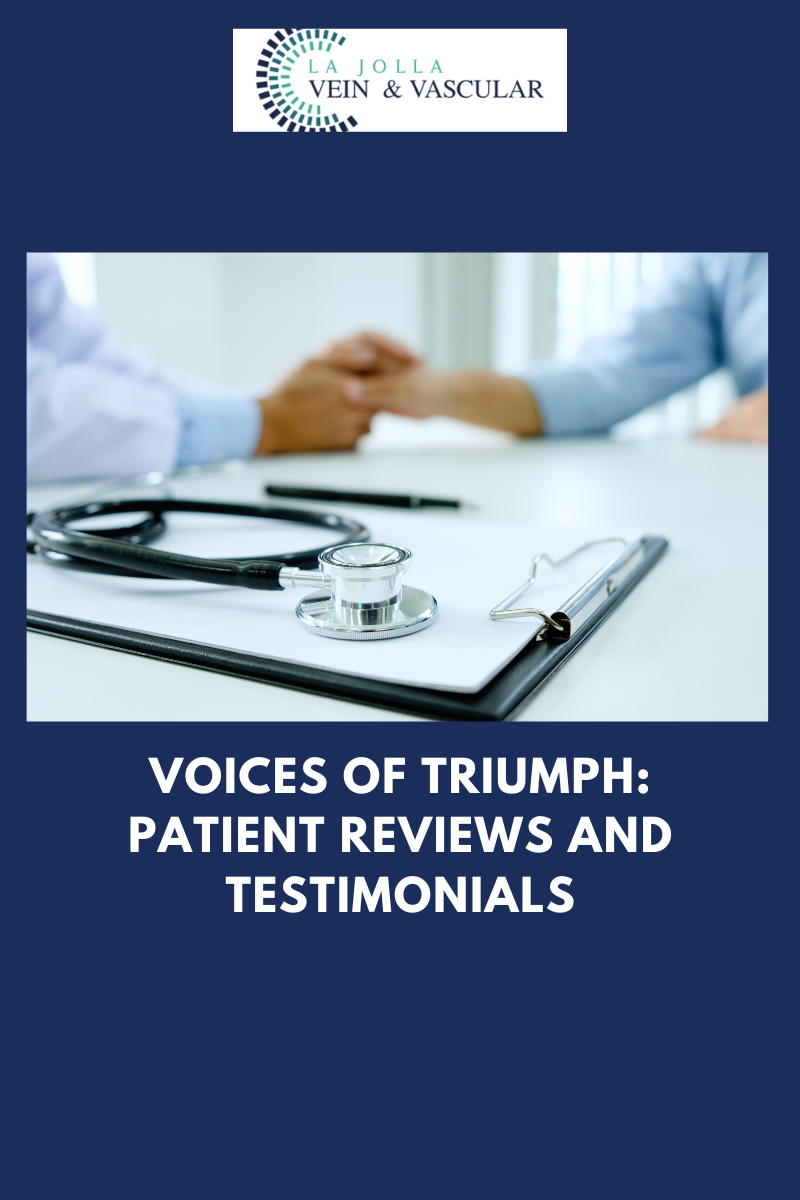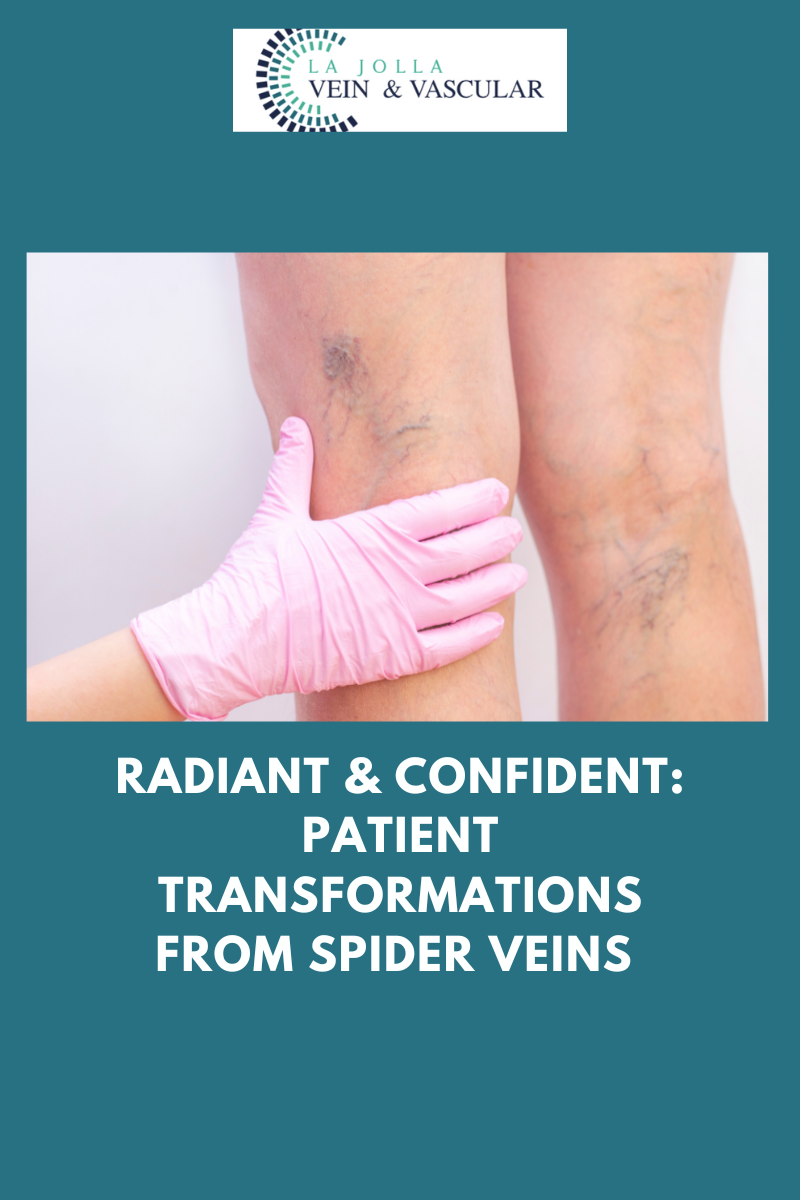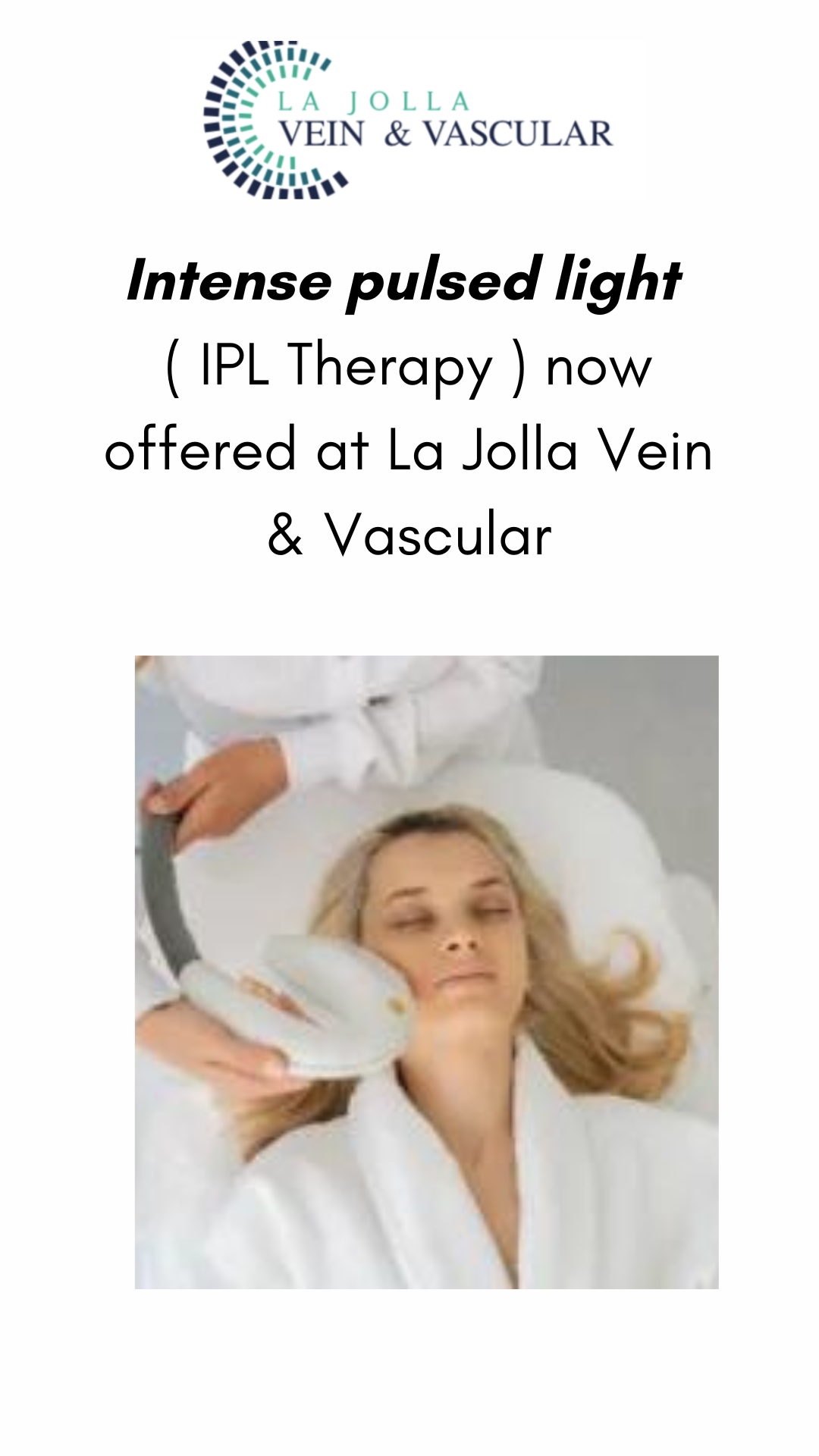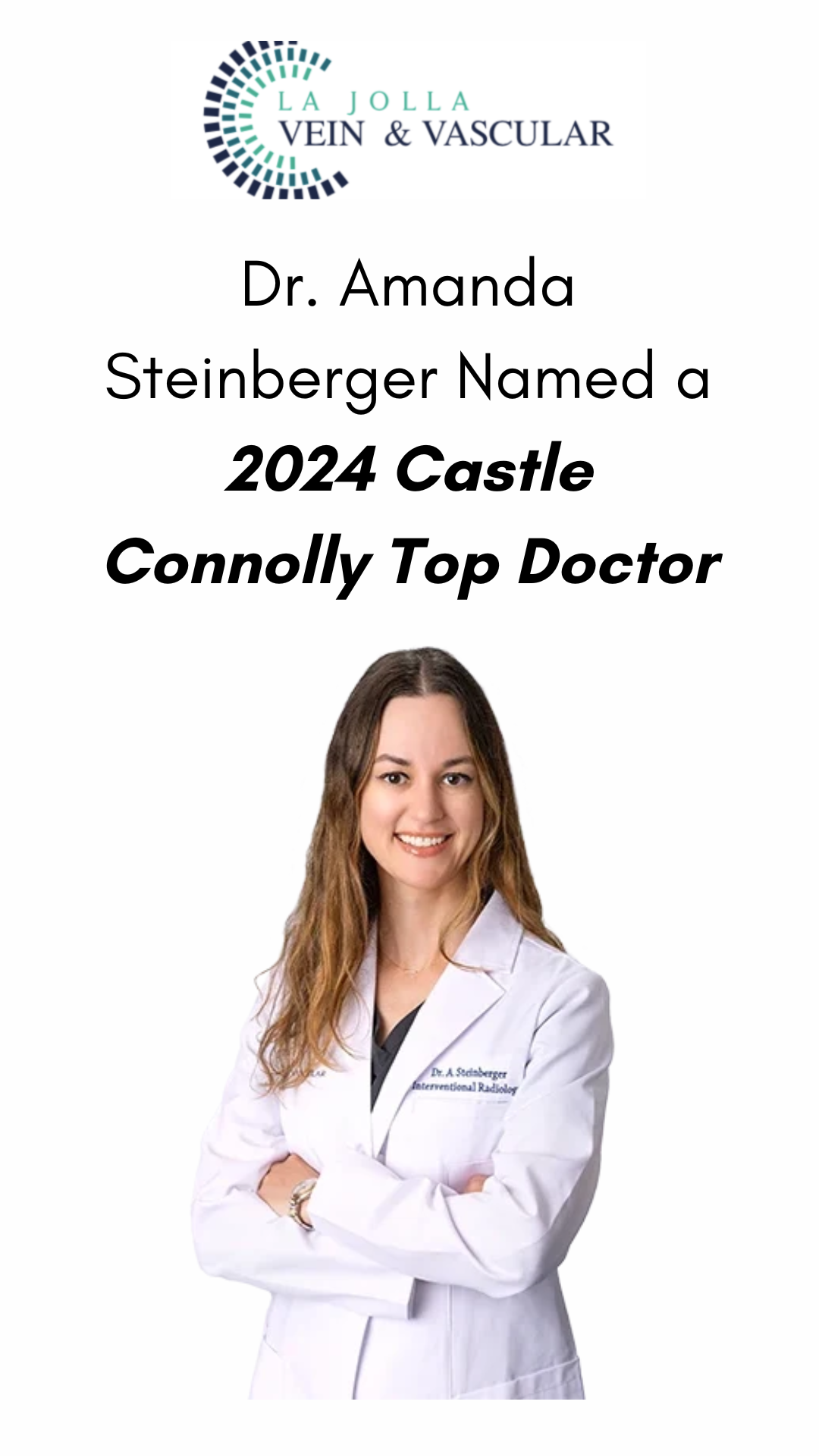Voices of triumph: patient reviews and testimonials
LJVascular2024-07-07T05:19:35-07:00Voices of triumph: patient reviews and testimonials
At La Jolla Vein & Vascular, we take great pride in our mission of delivering holistic care for individuals facing various vein and vascular conditions. Our unwavering dedication to excellence and the embrace of innovative solutions have led to incredible transformations in […]




![What do I need to know about venous disease? 4 What Do I Need to Know About Venous Disease? [2024]](https://ljvascular.com/wp-content/uploads/2024/03/Bunke-March-Blog-Thumbnail-37.png)







